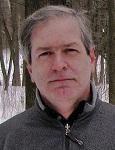Happy 100th birthday to a founding father of USGS hydrology.
No time seems more fitting than now—with the epic drought in California and major flooding from a nor’easter and Hurricane Joaquin—to pay tribute to Luna B. Leopold, the first chief hydrologist at the U.S. Geological Survey (USGS). On the occasion of his 100th birthday on October 8, he is still considered a pioneer of modern hydrology. More so than any other scientist, he set the course for the USGS approach to understanding river flows, groundwater and surface water interactions and the value of long-term data collection. Today, the USGS is the world’s largest provider of hydrologic information with a mission to collect and disseminate reliable, impartial, and timely information that is needed to understand the Nation's water resources.
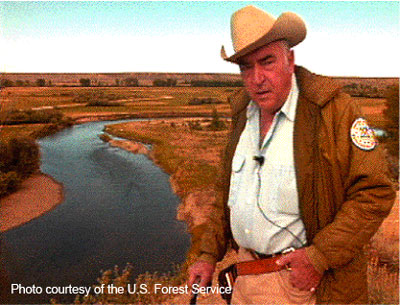
Born on Oct. 8, 1915 in Albuquerque, Luna Leopold lived a rich life. From his renowned father, the biologist and author Aldo Leopold, he inherited a passion for outdoor life, a respect of craftsmanship, a highly disciplined curiosity, and an appreciation of the complex interactions of human society and natural systems. From his mother Estella, he inherited a deep connection to the semi-arid landscapes and watersheds of the American Southwest, a rich Hispanic cultural tradition, and a keen aesthetic sense. These qualities would meld and develop over time, across an extraordinary career in the earth sciences.
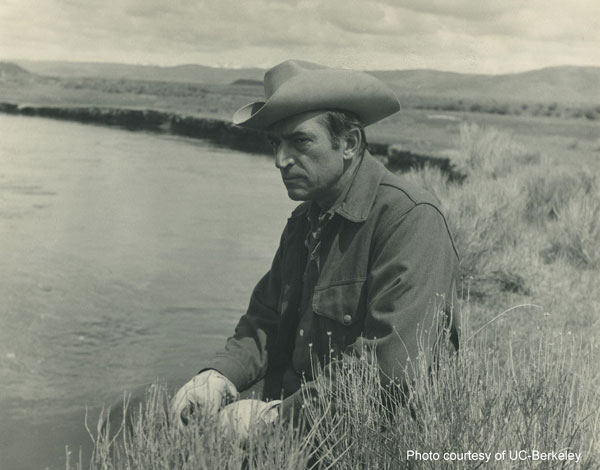
According to the Virtual Luna Leopold Project, “He was trained as a civil engineer (B.S degree), meteorologist (M.S. degree) and geologist (Ph.D.) and his publications reflect that blending of fields. His first publication in 1937 was entitled Relation of Watershed Conditions to Flood Discharge: A Theoretical Analysis and his most recent publication in 2005 was Geomorphic Effects of Urbanization in Forty-one Years of Observations. Few have written papers spanning 68 years, and fewer still have had such an influence on a field or on society.”
Luna Leopold’s creative intellect compelled him to explore the territory where science, policy, ethics, and environmental stewardship come together. In discerning the complex physical processes of stream formation and development, climate, precipitation, erosion, sedimentation, and deposition, he made connections to our human capacity to alter, or adapt to, hydrological realities. He understood that water science could not be separated from water managementand stewardship, which could not be separated from water ethics. On this he has been widely quoted: “Water is the most critical resource issue of our lifetime and our children’s lifetime. The health of our waters is the principal measure of how we live on the land.”
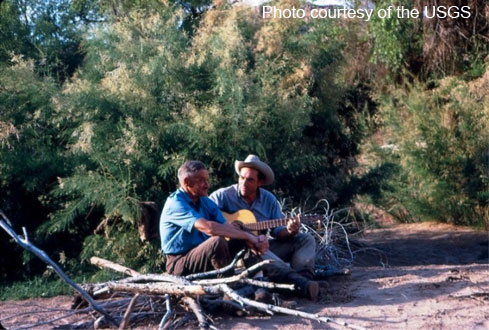
What he was referring to, of course, was our dominant historic tendency to reduce the inherent flux in stream systems, to manage flowing waters by controlling their dynamic variability. It is a fundamental lesson that several generations now of river managers and stewards have taken to heart and employed in restoration practice.
I suspect I highlighted that line in my notes, in part, because of its rich metaphorical potential. Luna Leopold understood change. He saw the reality of change and the need for change. He was himself an agent of change. In his field work, in his policy work, in his teaching and writing and consulting, he came to a view of rivers, of water, and of our future, that called for change. Through Luna’s understanding of science, history, and aesthetics, he came to perceive a “harmony in natural systems,” and held that “the desire to preserve this harmony must… be incorporated into any philosophy of water management, and I will call this, as did Herodotus, a reverence for rivers. If this is environmental idealism, then let it be said that I am an idealist.”
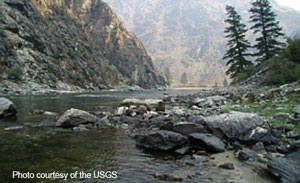
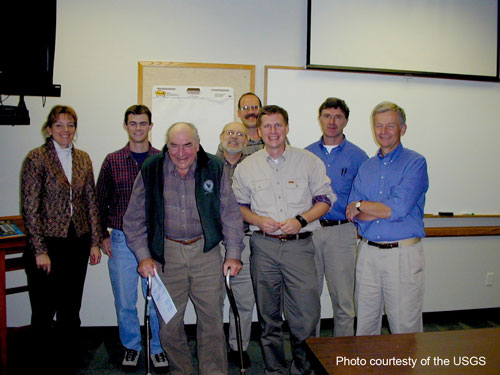
Today, as our nation is faced with the challenge of balancing a finite freshwater supply among competing needs, including agriculture, drinking water, energy production, and ecosystem health, we can appreciate even more Luna Leopold’s combination of field knowledge, leadership, and wisdom. His reverence for rivers, his way of connecting head and heart, has continued to inform new generations of scientists, policy-makers, land stewards, and philosophers who are extending his insights, exploring new dimensions in water ethics, and putting that ethic into practice. The stream has to have change. The change that Leopold helped to initiate and inspire must come. It comes more predictably, perhaps, in natural systems than in human ones. But now, as we come to know how the human and natural inevitably flow together, we can perhaps allow reverence and knowledge to flow together as well—as they did through Luna’s life.
- USGS Water Resources
- Water science currently being conducted by the USGS
- Real-time water data
This post was originally published by the USGS on October 7th. See the original post here.


